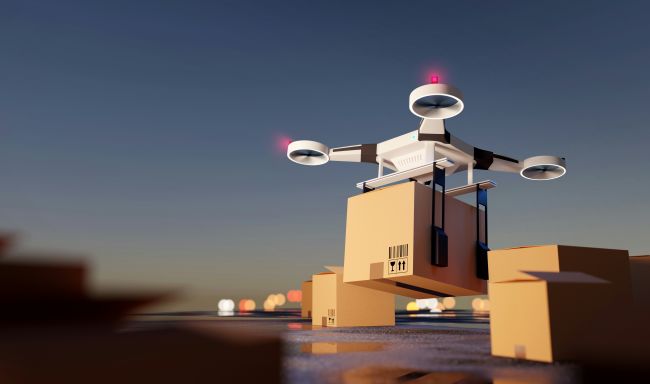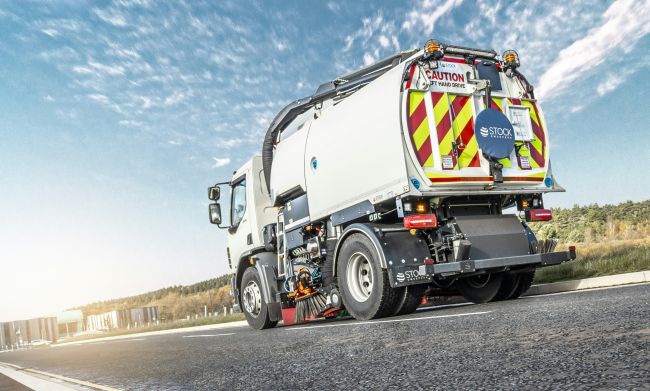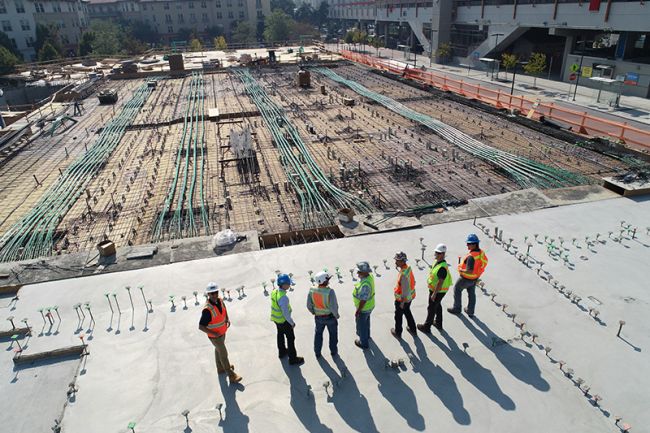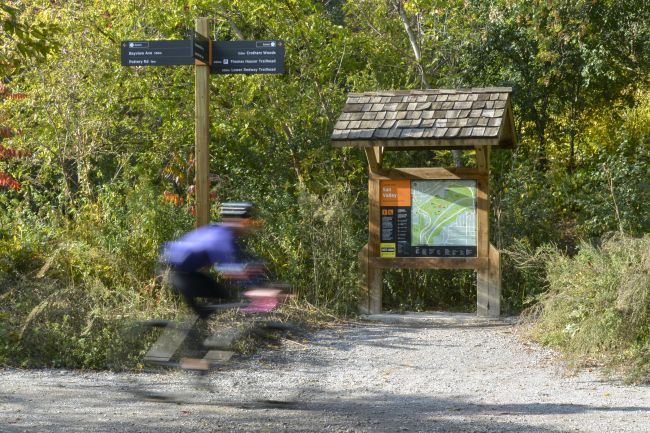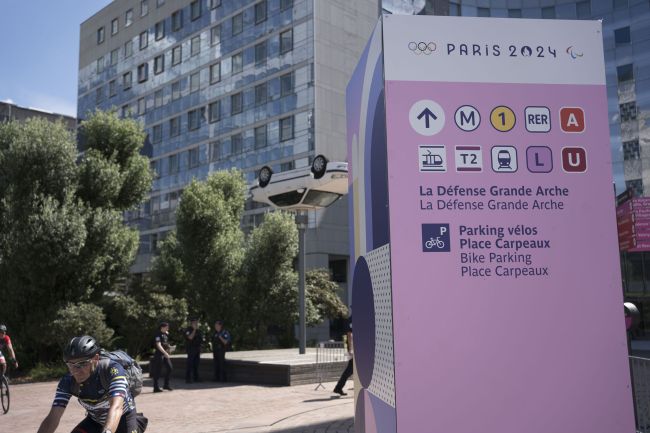Heading in the right direction
Italy is seeing an important change in the transport market.

Italy is seeing an important change in the transport market: a shift in sensitivity towards the more qualitative aspects of its public transport services and their travelling environments.
For many years transport systems in Italy have been viewed as purely functional, their only requirement being to move passengers from A to B. Passengers were unlikely to describe their experience as especially comfortable, speedy or cost-effective. Recently however, Italian transport authorities and local governments are starting to change their attitude and ideas about the sort of public transport experience that should be on offer and embracing the concept of providing services for ‘customers’ rather than ‘passengers’. There are many reasons for this change. Some of those are driven by external factors: as more and more Italians travel abroad, their experience of public transport widens, and this has resulted in a definite change in expectations in the travelling public. As they experience first hand the quality of public transport systems in other countries, they expect nothing less in their own. Conversely, an increasing number of foreigners are travelling independently to Italy, partly because of the success of lowcost airlines enabling them to visit areas beyond the traditional tourist destinations. Many councils and operators are feeling the pressure to meet the needs of an increasingly diverse user group, where language and unfamiliarity with the transport networks and the local context create barriers to travel.
Improving public transport
Some of the reasons for this change are purely internal. In mid-2012 Nuovo Trasporto Viaggiatori started operating its ‘Italo’ high speed train services on the Italian rail network. Nuovo Trasporto Viaggiatori, Europe’s first private open access operator of high-speed trains, had to compete with Italy’s state-owned train operator, Trenitalia. Suddenly, taking trains to their destinations on time was no longer the name of the game. NTV understood immediately the importance of presenting its offer in a clear, immediate, aspirational way. The brand and visual identity of the new service was striking, consistent and modern. Not only was the use of colour and textures on the rolling stock (strongly influenced by the background of one of NTV’s founders, Luca Cordero di Montezemolo, who was at the time chairman of Ferrari) like nothing ever seen on Italian trains, but also the level of the services offered on board, and the quality of the branded environments in the stations, constituted a definite change in the relationship between transport operators and customers.
The process of privatisation of public infrastructures and services in Italy is still in its early stages, although it is definitely gaining momentum. Many operators of local transport services were privatised a few years ago, although there is little evidence of any real competition, as almost all of them are owned by the local authorities and are the only operator in their areas. Some transport companies are using branding exercises to clarify their roles and function: Ferrovie Emilia Romagna, the rail network management company in Emilia Romagna, has just approved a new corporate brand (see graphic right) that will help them to position the company and make explicit the boundaries of its influence in relation to the transport services provided by the franchised operators. This is probably one of the reasons why local transport is lagging behind the railways in introducing qualitative improvements to services. Comparing the quality of the ‘accessory’ services provided by most of the Italian transport operators to their customers with those in northern Europe and in the UK shows a clear gap, particularly in the provision and quality of customer information and the standard of infrastructures.
Improving the urban environment
Another interesting change is happening in the area of the urban environment. The European move towards sustainable mobility, and the consequent promotion of cycling and walking, has pushed to the forefront of the local political debates the readiness of the urban environment to support these modes. Local planning authorities are (finally) starting to study the areas around transport nodes for pedestrian and cycling connectivity, moving away from the traditional approach of considering transport infrastructure projects in isolation. Urban design – a discipline that was arguably born in Italy – is becoming fashionable again, and slowly we hope to see public spaces reclaimed from vehicular traffic in favour of more sustainable forms of transport. Pedestrian and cycling connectivity can also be encouraged through lower impact measures. Urban wayfinding systems are starting to make their appearance in Italian towns. Bologna has recently started the development of a pedestrian wayfinding and signage system strategy (see right) to be implemented in the next few months. The city administration understood that providing visitors with a key to interpret the urban context and navigate the city with confidence on foot would bring many benefits: increased footfall, allowing people to explore the city without the fear of getting lost and connecting urban areas and improved visitor satisfaction. Once implemented, the system will also provide a visible manifestation of the city brand, and a tangible sign of the administration’s commitment to provide a welcoming and safe environment for everyone.
The city of Bergamo has recently commissioned a development project to improve their main transport interchange (see right). Not only are they looking at the architectural quality of the urban space, but their design choices are being influenced by the need to optimise pedestrian connectivity, safety, passenger information, dwellings and meeting places. This holistic approach to infrastructure planning is a good example of this new way of looking at public spaces. We are in the early days of this process of change but, with more of these projects being commissioned, the interactions between users and transport services in Italy will improve dramatically in the next few years.





